The Charles Parker Company, originally based in Meriden Connecticut is an historic (and prolific) manufacturer of vises beginning around the early to mid 1800s. They also made other goods like coffee grinders and guns, but they are most known for their vises. I ran into a few of them at good prices on the marketplace and grabbed them as projects because they just looked too cool to pass up. There may have also been another connection, as Meriden is about 15mins from where I grew up.
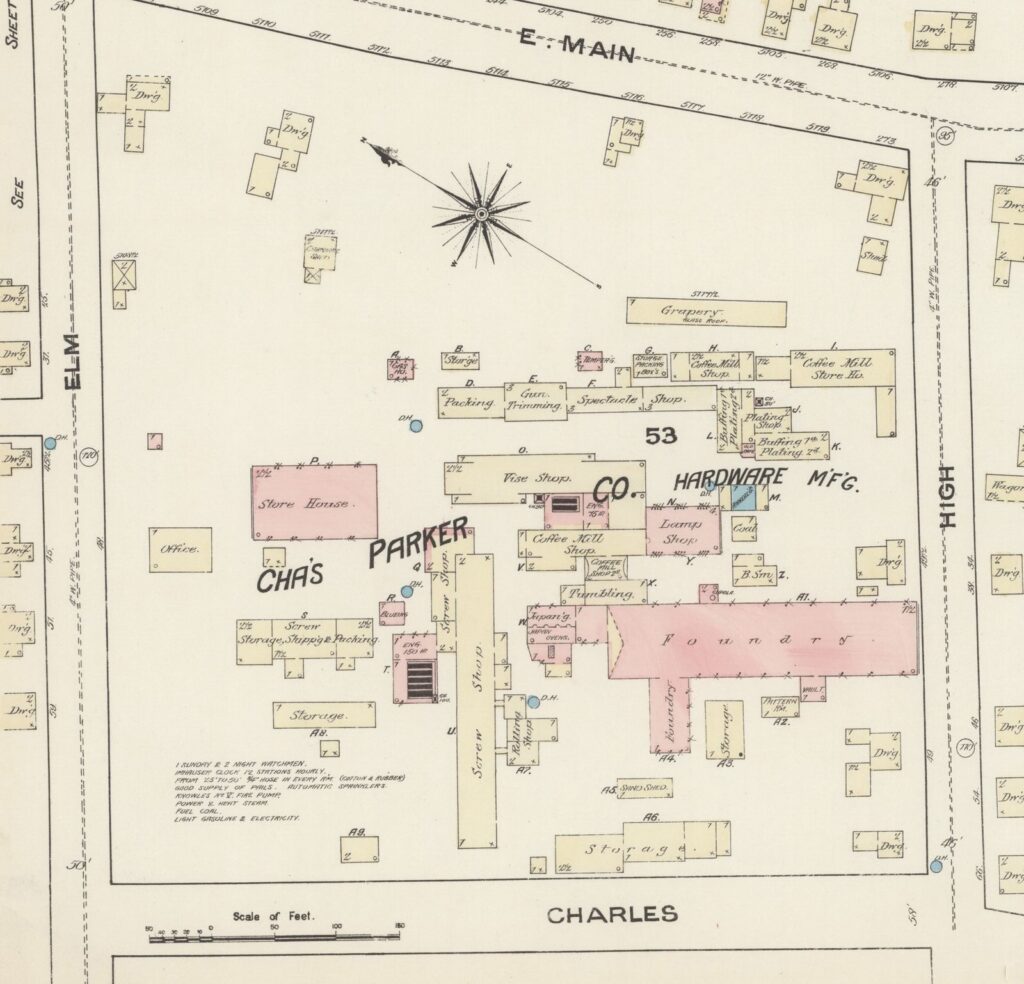
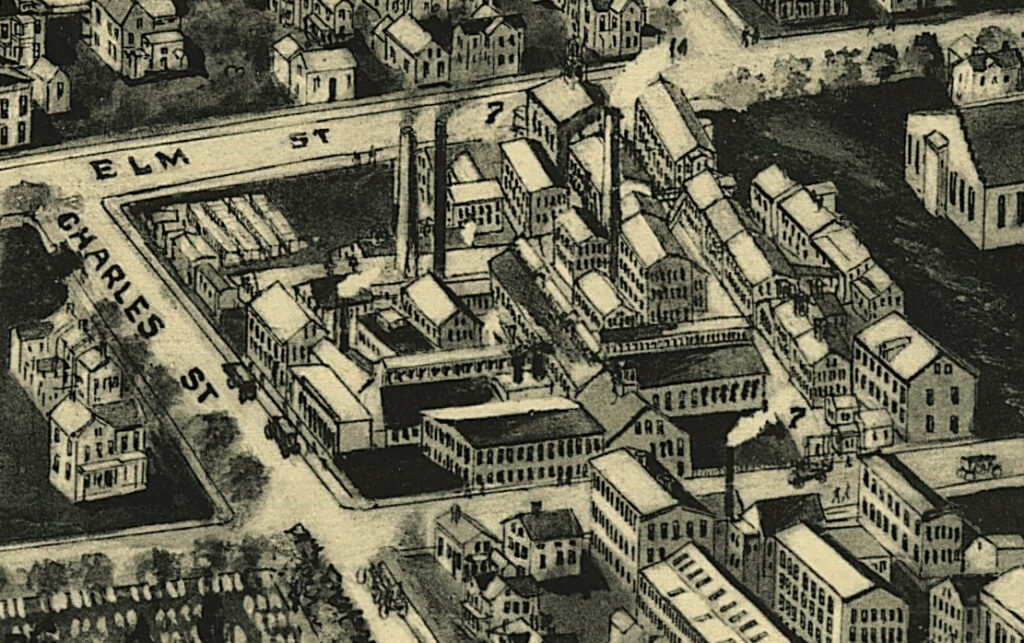
Parker Vise Models
Parker made a lot of different types of vises over the 100+ years they were in business, and their model numbers started out simply but quickly got out of hand. The first/earliest model numbering from the mid-1800s started simply: No. 1, No. 2, etc; but by the mid-1900s they had 3 and 4 digit model numbers, some with letters, and multiple product lines. The best place to learn about all of them is through the many catalogues you can find online.

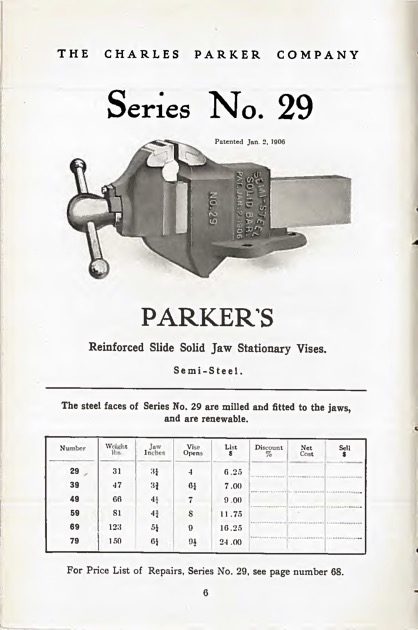

Parker Vise Characteristics
The earliest models were fixed base, with large dynamic jaw shelf, and an overhang to position on the workbench. The main screw was housed in the slide and held by the famous spindle collar stamped with “Parker” or the patent date and went frequently missing. The spindle itself was ‘meatball’ shaped – another trademark of the early vices, by the 1940s the spindle took on a cylindrical shape.
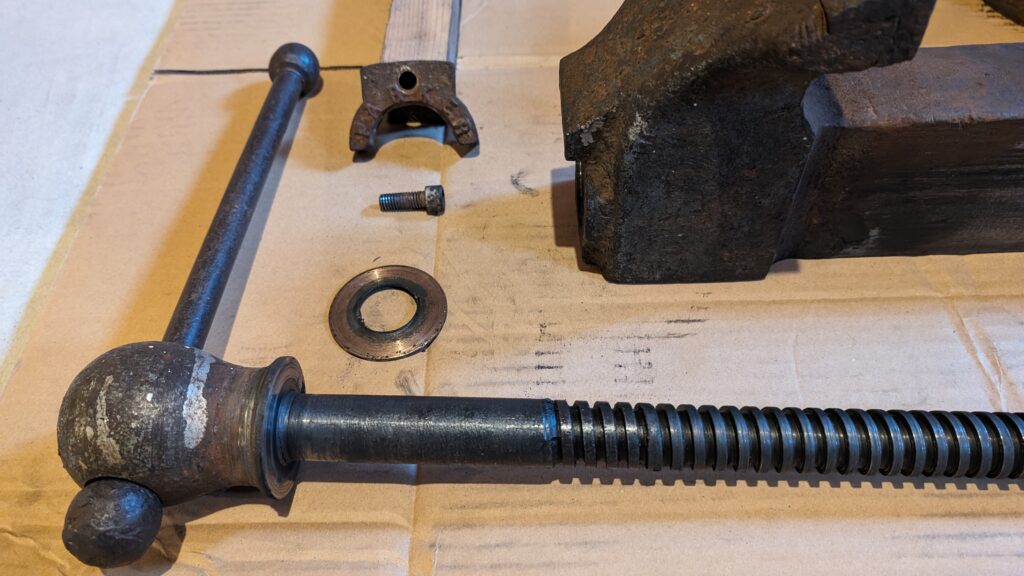
Stamped on either side of the fixed jaw would usually be the company name and city – in many different styles and abbreviations, and the model number. These vises were made to last, as finding models from the late-1800s is not that hard, but finding a complete one in good shape with the original spindle collar is a bit harder.

The swiveling versions Parker vises went through a few evolutions over time. The earliest versions had the vise sitting on a circular plates fixed with a large nut and lockdown wrench underneath. I find this version to be unique, and finding one of these vises complete with all the parts, especially the wrench, is quite rare. By the early 1900s they began producing vises with the more common swivel lock handles to the side of the fixed jaw. However, by the mid-1900s the swivel lock handle was replaced with their trademark lockdown wrenches, which are commonly lost.



Dating a Parker Vise
There is no precise way to date a Parker vise as they don’t have date stamps or serial numbers stamped on a part anywhere, but you can get an approximate date by referencing the earliest catalogue year in which it appears. Some models also had patent dates stamped on them, which would indicate the vise was made sometime in a 17 year period after the date.
Parker Vise Restorations
Look back here for posts on restorations of the Parker vises I was able to pick up:
- No. 59. – an 81lb beast with 4 3/4″ jaws from the 1930s,
- No. 259 – a swivel version of the above clocking in at 95lbs, from the 1920’s
- No. 23 – a 48lb swivel with 4 1/4″ jaws from the 1870s, complete and in excellent condition including the elusive lockdown wrench
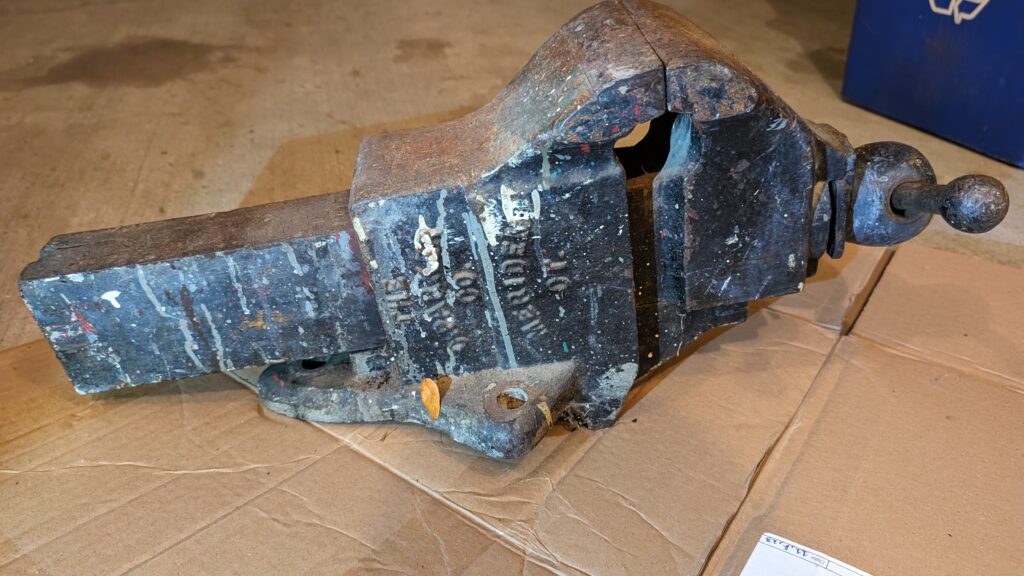
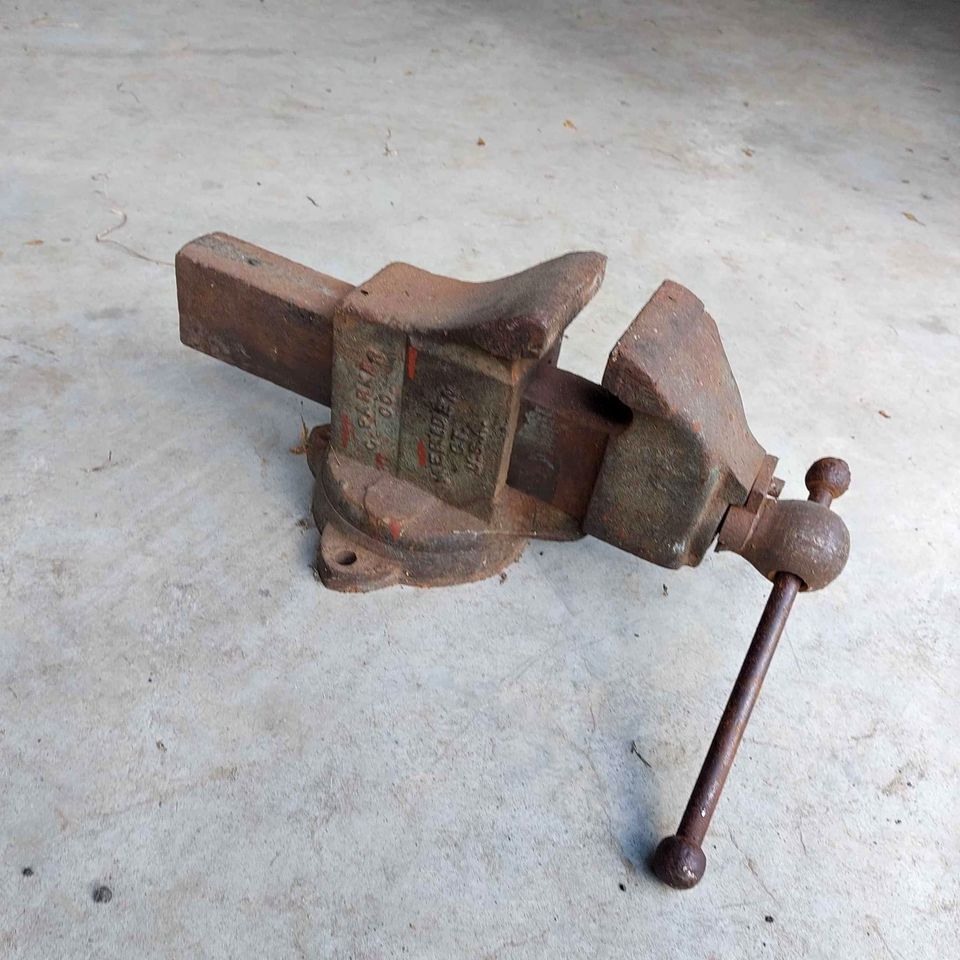

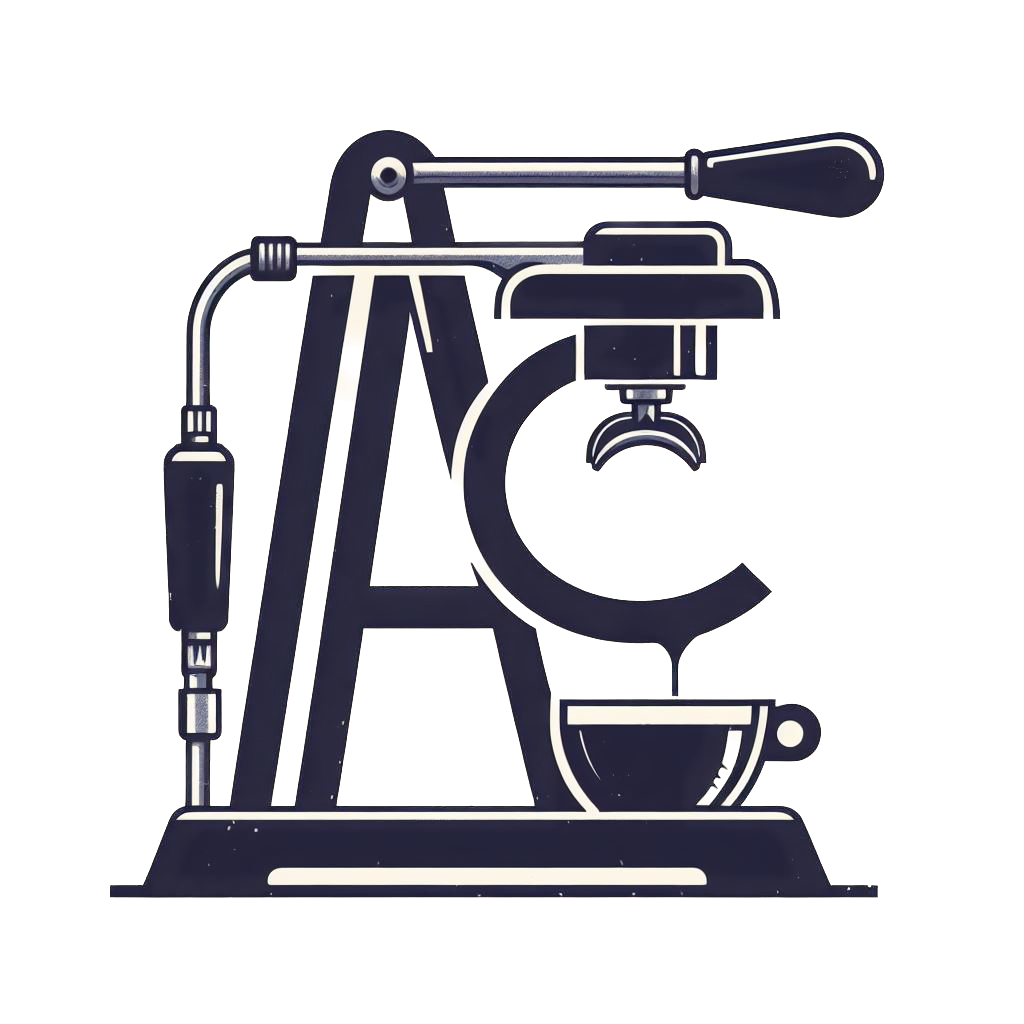

Leave a Reply